1lumen selects and reviews products personally. We may earn affiliate commissions through our links, which help support our testing.
Skilhunt M150 v3 review
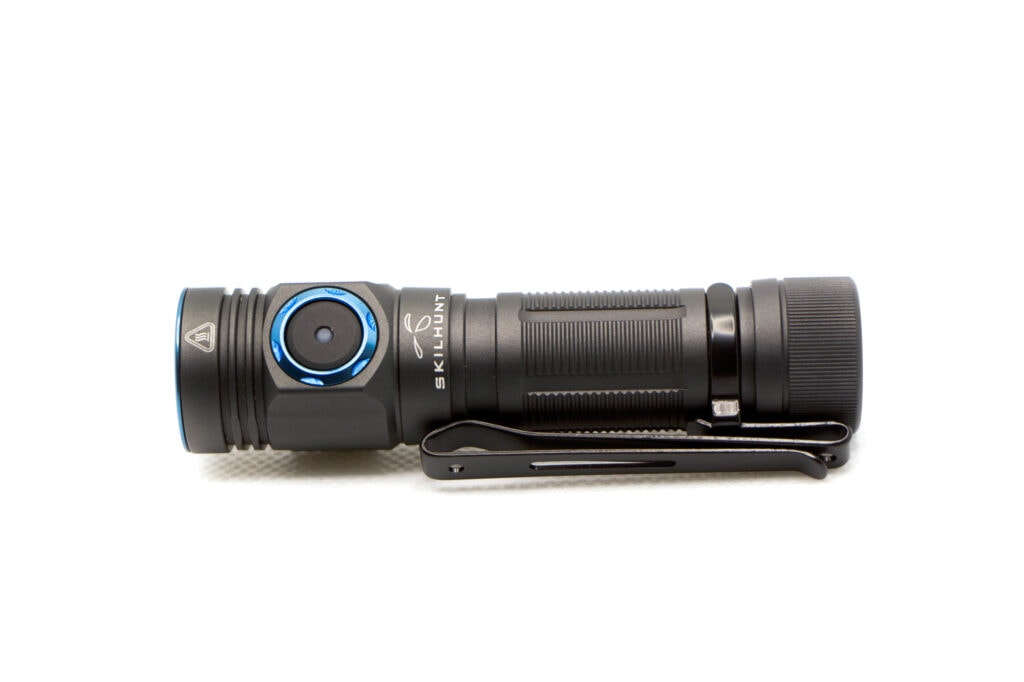
Skilhunt M150 specifications
| Brand & Model | Skilhunt M150 |
|---|---|
| Flashlight category | EDC flashlight |
| LED | Nichia 519a |
| Max. output | 750 lumens |
| Max. beam distance | 110 meters |
| Max. beam intensity | 3000 cd |
| Battery config. | 1x 14500 |
| Onboard charging | Proprietary magnetic charger |
| Modes | 4 main modes, 4 sub modes |
| Blinkies | Strobe, blink, SOS |
| Waterproof | IPX8 |
| Review publication date | November 2022 |
Introduction:
The M150 is a very popular light in the flashlight community, largely due to its efficient packaging, good output, and solid runtimes. With magnetic charging, not to mention a magnet in the tail, it is the definition of a jack of all trades light. With very good fit and finish, it feels like a premium product and certainly delivers. Skilhunt has recently released a version with the new Nichia 519a LED, so I’m curious to see how it stacks up to the Cree version we tested a while back.
Package quality.
The M150 comes nicely packaged in a retail style box, very nicely designed with a fun graphic of the light and a “beam” highlighting the Skilhunt logo. It doesn’t feel like they cheaped out here but they didn’t go overboard either. Inside the box there is a plastic tray holding the light, with the accessories hidden underneath.
- Skilhunt M150 v3
- 800 mAh Skilhunt 14500
- Two spare o-rings
- Lanyard
- Pocket clip
- Magnetic charging cable
- Manual
- Pouch
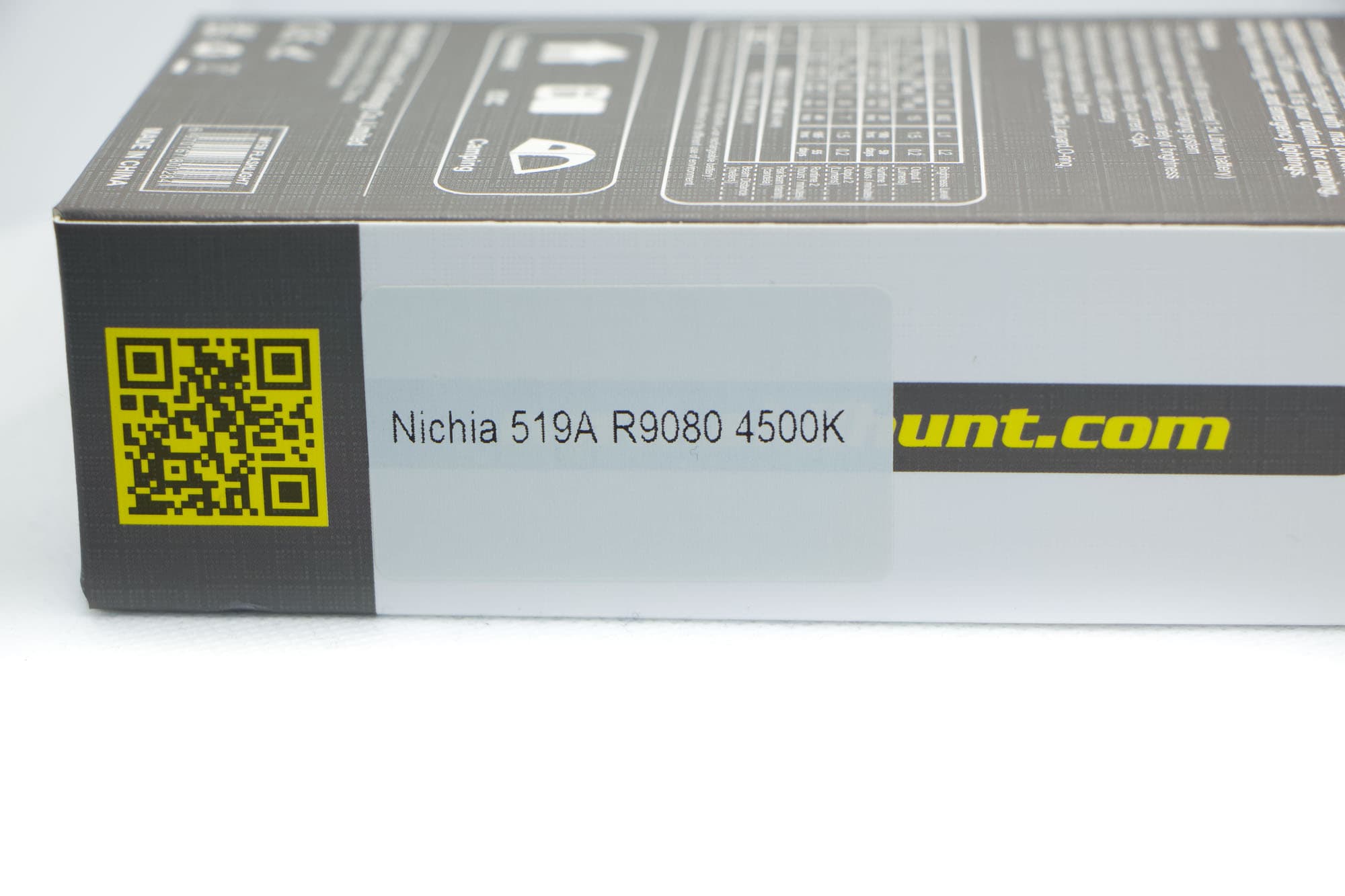
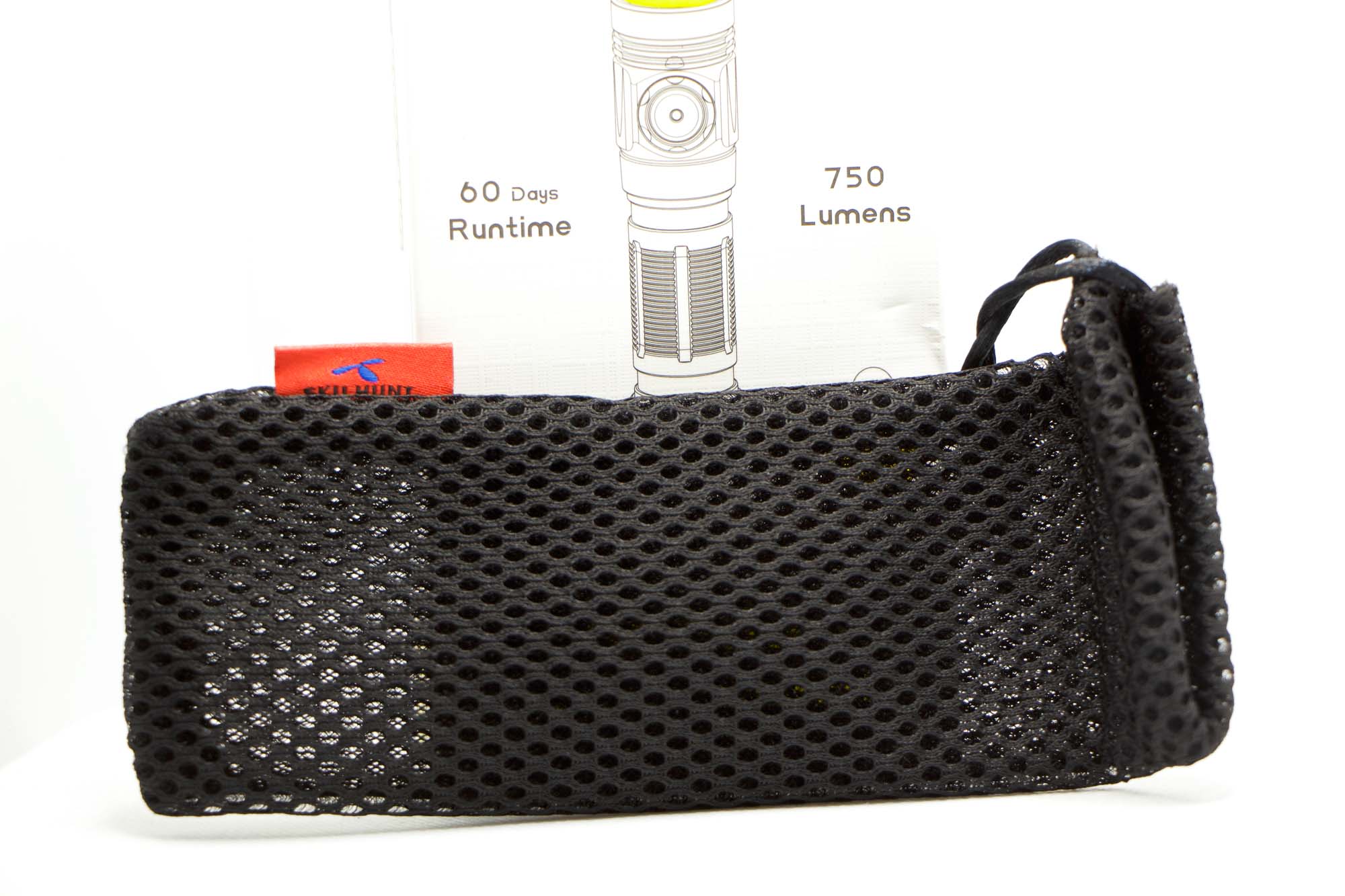
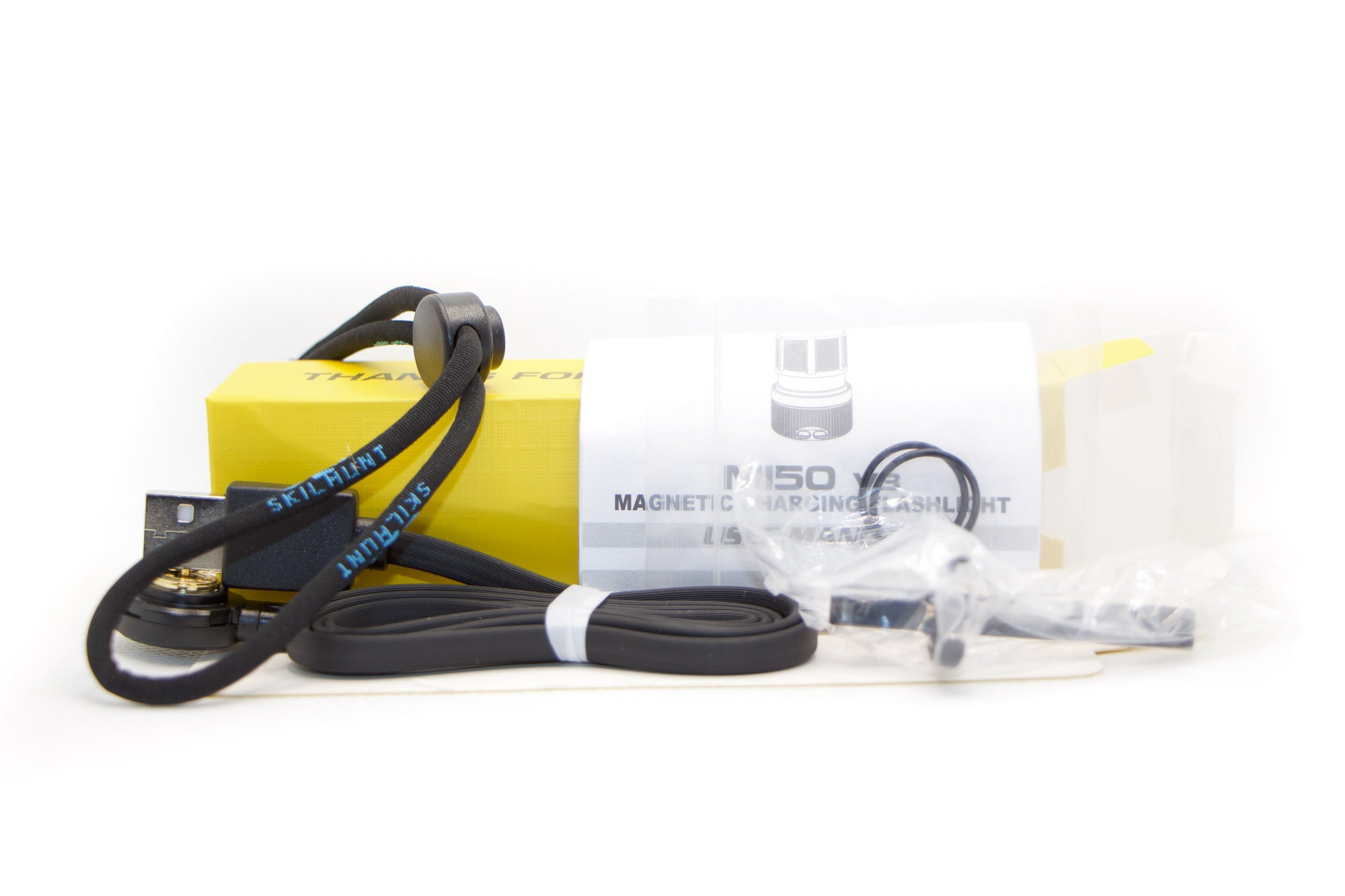
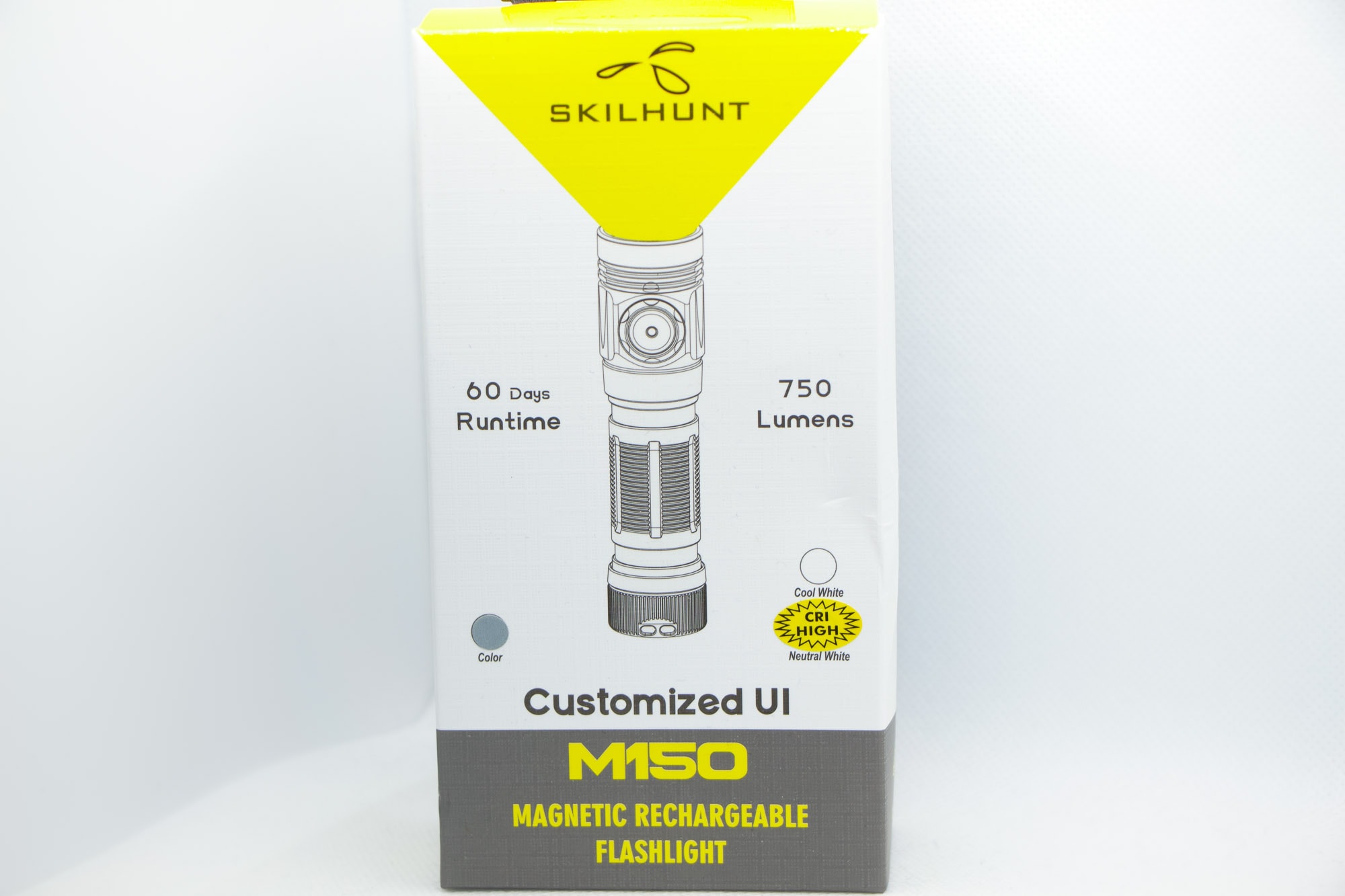
Flashlight in use
The M150 is very nice to hold in the hand and in the pocket, largely due to its very efficient packaging. A personal complaint of mine with the flashlight industry is labeling every light as “EDC” even when it has a 21700 cell. This is truly an EDC light! By using the single LED, Skilhunt has sacrificed total output for runtime, but for an EDC light this is a good tradeoff as on multi-emitter lights of this size, they quickly ramp down due to battery sag and thermal issues. Again, another reason this light is fantastic for EDC.
The anodization is nicely done and uniform and all sharp edges have been knocked off. The knurling is also quite nice, it’s not particularly aggressive but for holding it with your bare hand it is more than enough. With a glove it may not be, however, this is not really meant as a duty light for that type of use.
The M150 uses a side electronic switch, omitting a tail switch for a magnet instead which isn’t the strongest but is more than enough for a light this size. A lanyard can also be installed on the tail, which I chose to not use as this is a light that will go from pocket to hand. The side switch isn’t anything particularly special, but feels nice to use. It has a very short travel distance and is a little soft but doesn’t bind at all on the side. It also serves to show the charge status of the battery and prevent the light from rolling away.
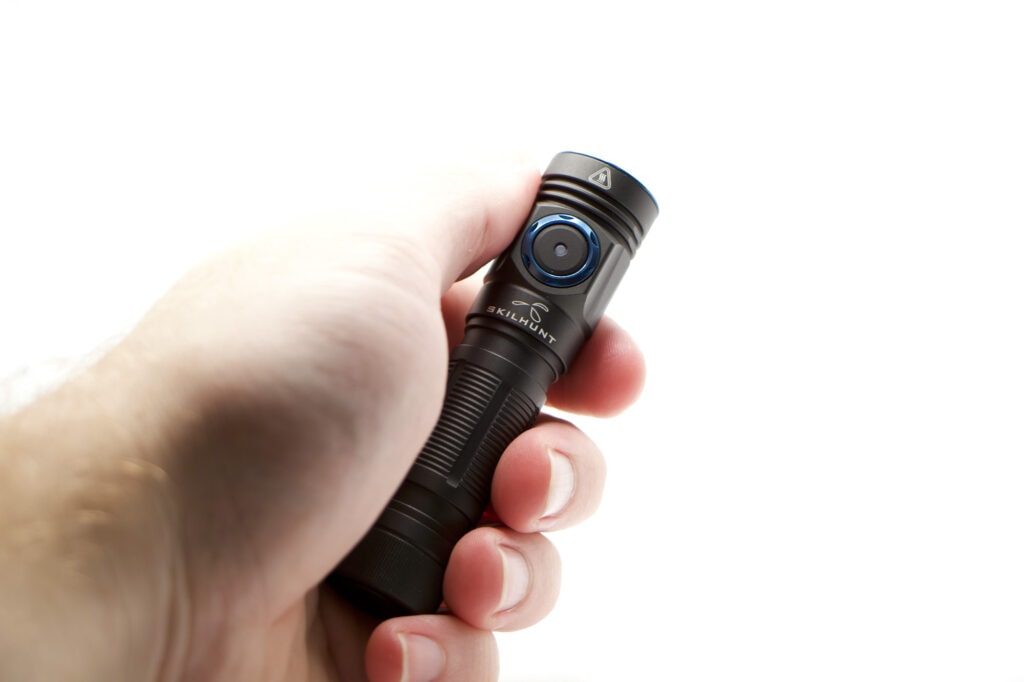
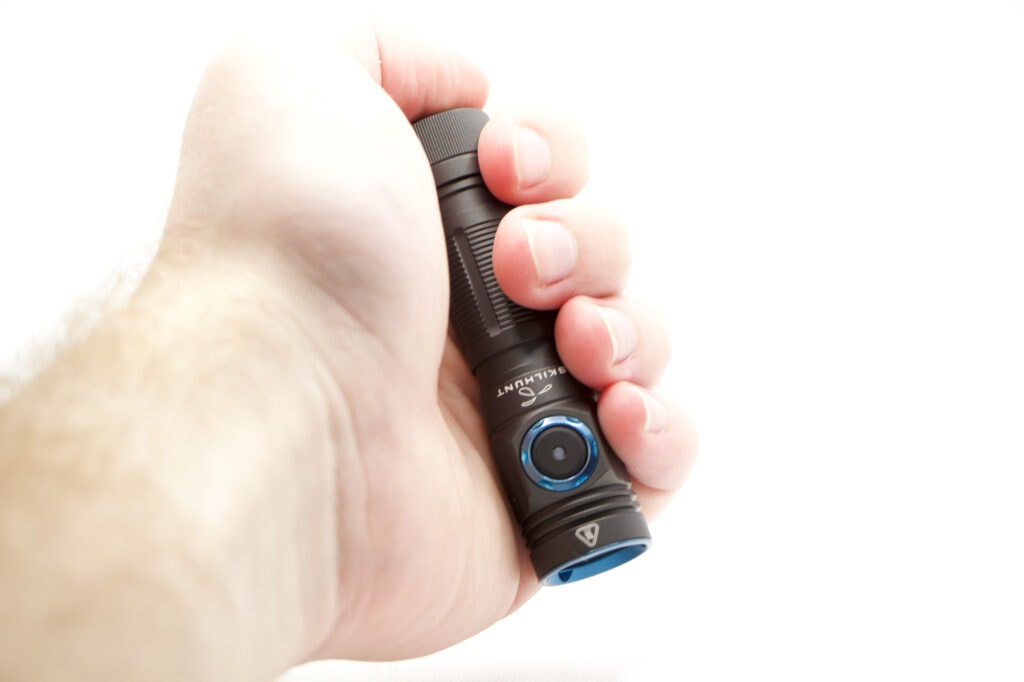
Build Quality, and Warranty
The M150 is made of an aluminum alloy giving it a nice balance of strength of weight. The metal is nicely anodized in a fairly matte coating with blue highlights around the lens and switch. The magnetic charge port is gold-plated and looks quite nice against the rest of the light. It has a very classy look, the logo and “hot end up” warnings are not overstated at all.
The knurling itself is nothing special like discussed above, small ridges ring the light combined with larger divots. Holding this in my bare hands the ridges do a good job gripping my skin, however when I put a glove on the knurling suffered a little. Nothing huge, but something to note if you plan on using this on worksites where gloves are worn.
The threads are square cut and factory lubricated and are quite smooth. However, right at the end they bind a little as the spring tries to force the tailcap off to the side making it quite difficult to remove and causing some grinding. The battery tube itself is threaded into the lead and threadlocked making it extremely difficult to remove without tools.
O-rings are in place around the tailcap and lens to seal the light for the IPX8 protection. The lanyard and pocket clip that can be installed are both of high quality, the lanyard is nicely braided and has a plastic adjusting ring, and the pocket clip is actually designed for deep carry and is reversible if you want to put it on a hat.
Skilhunt offers a free replacement of any defective parts within 15 days, and within two years of purchase free repairs. A limited lifetime warranty is in place where they will charge for parts/shipping and not service for repairs.
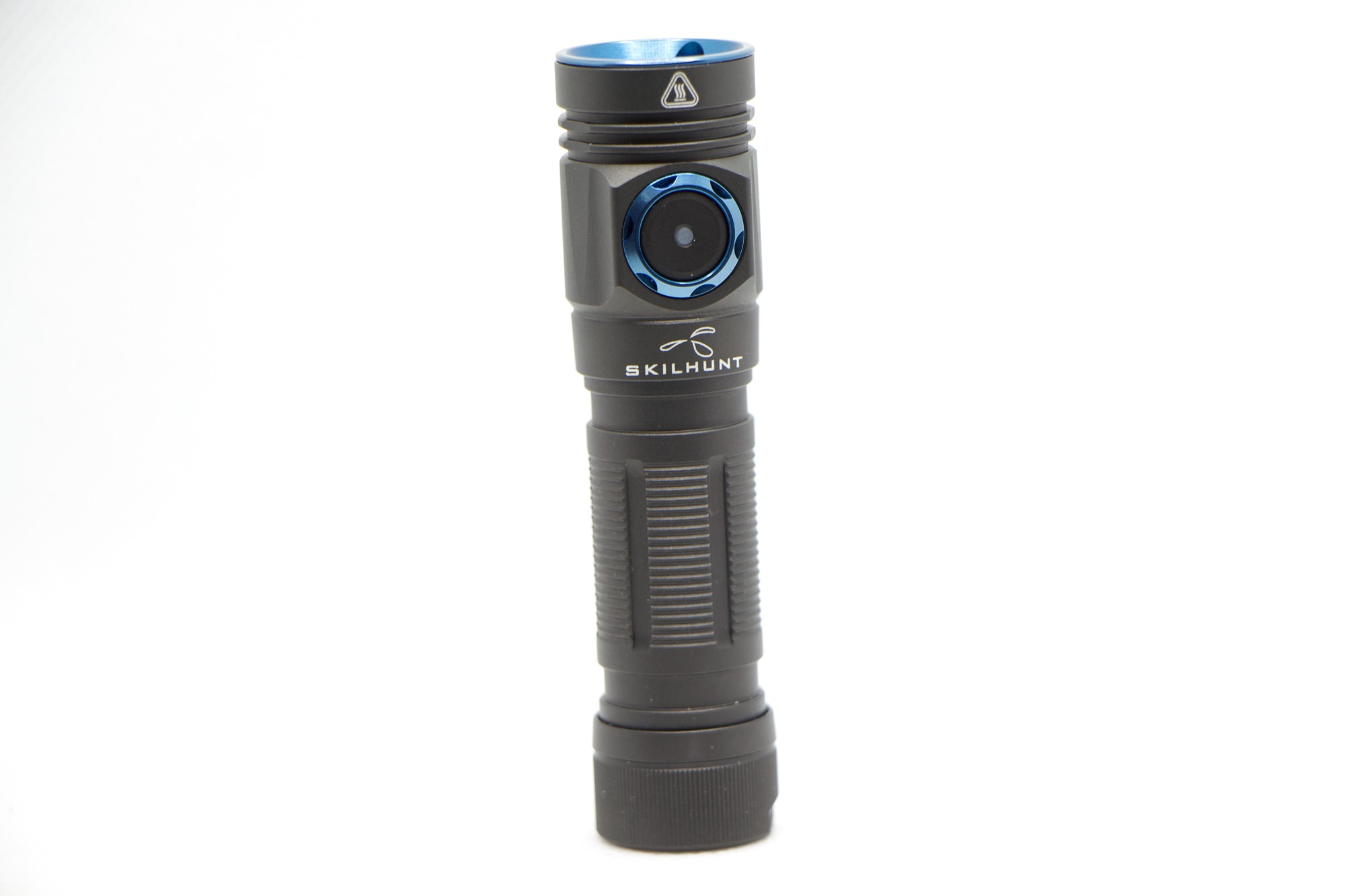
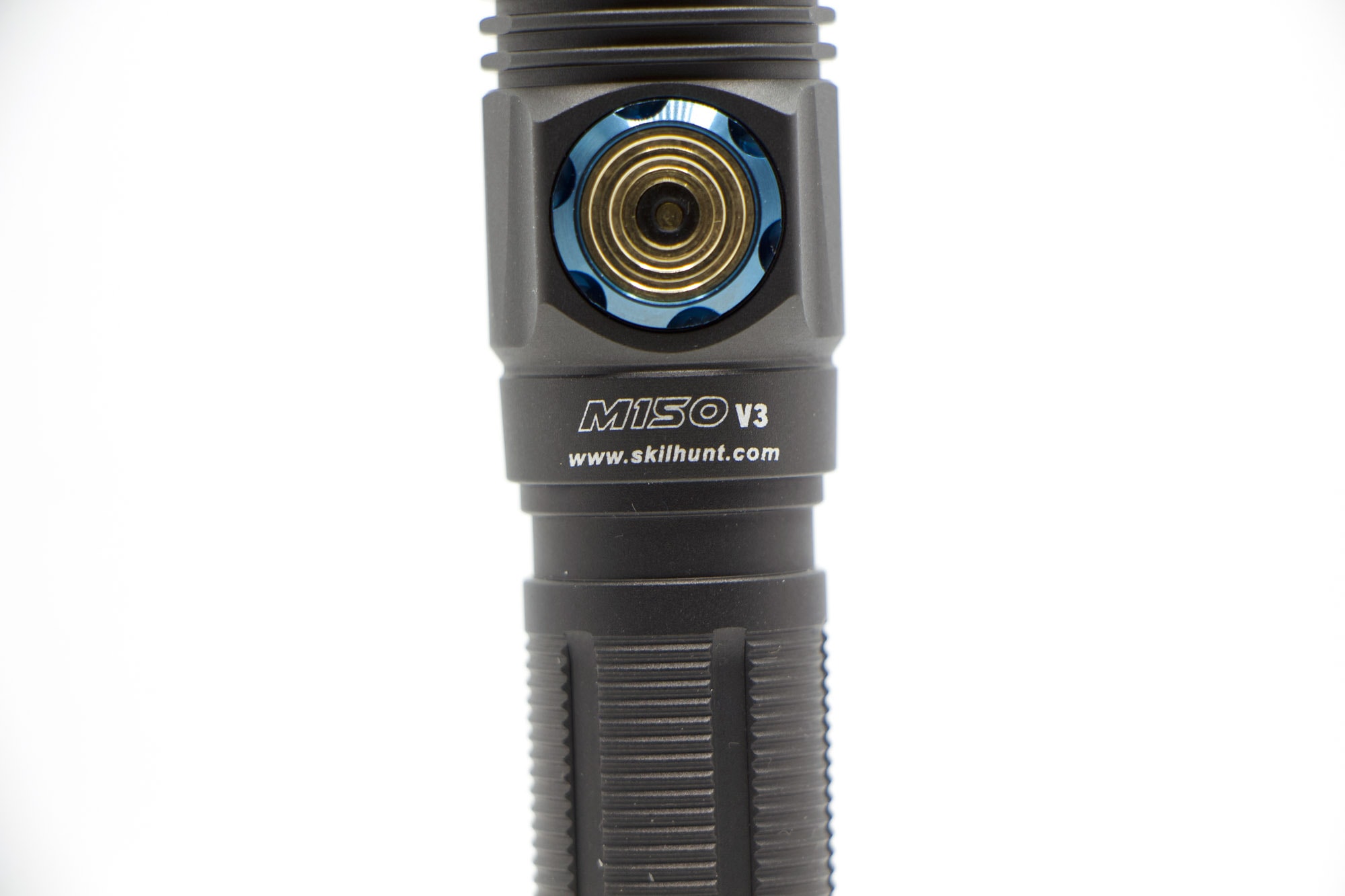
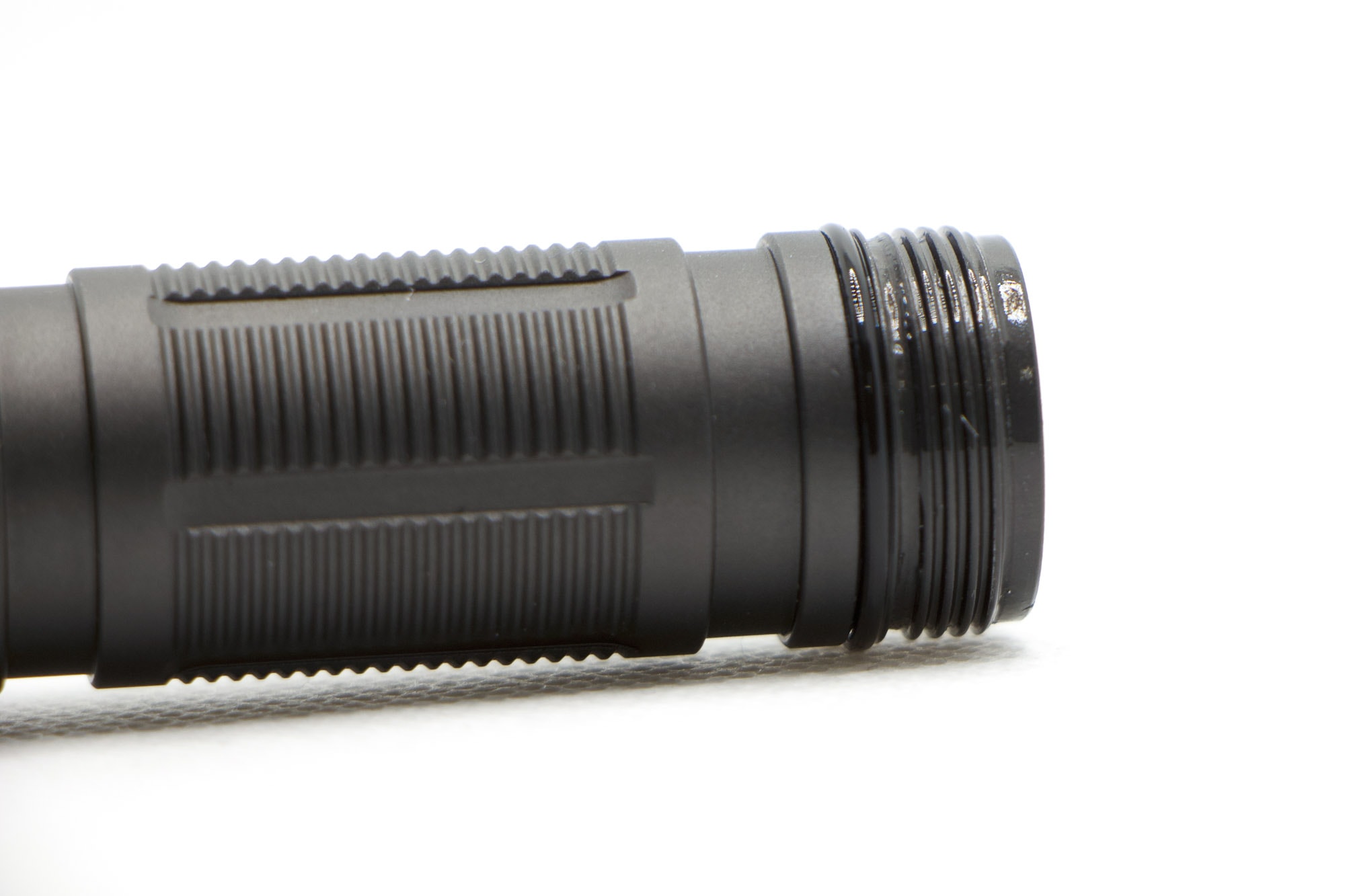
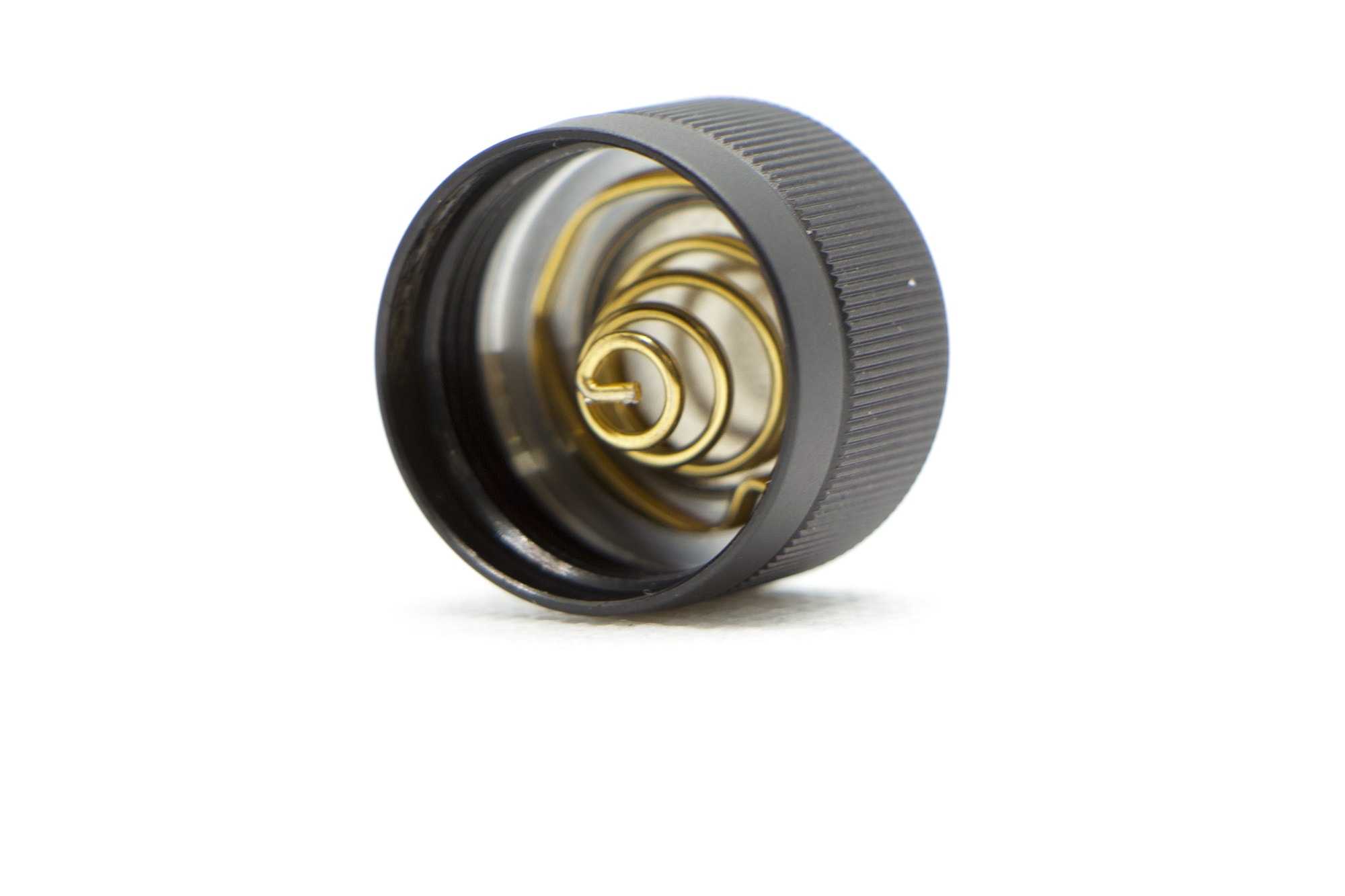


LED, Lens, Bezel, Beam, and Reflector
The M150 comes in three different LED options, a Cree XPL2 cool white, a Samsung LH351D high CRI, and a new Nichia 519a high CRI. This particular one is 4500K and still has the silicon dome with an orange peel reflector. The bezel is aluminum anodized in blue with the AR coated lens nicely recessed to protect it from damage.
The beam has a very good mixture of flood and throw due to the orange peel reflector with a nice hotspot. The domed 519a preserves the throwing characteristics and the orange peel helps to give the beam a usable amount of hotspot flood. While it isn’t the most impressive in the world, for an EDC light of this size it is more than enough for most tasks such as inspection and basic outdoor tasks.
Opple measurements were taken at 6.3 meters on high

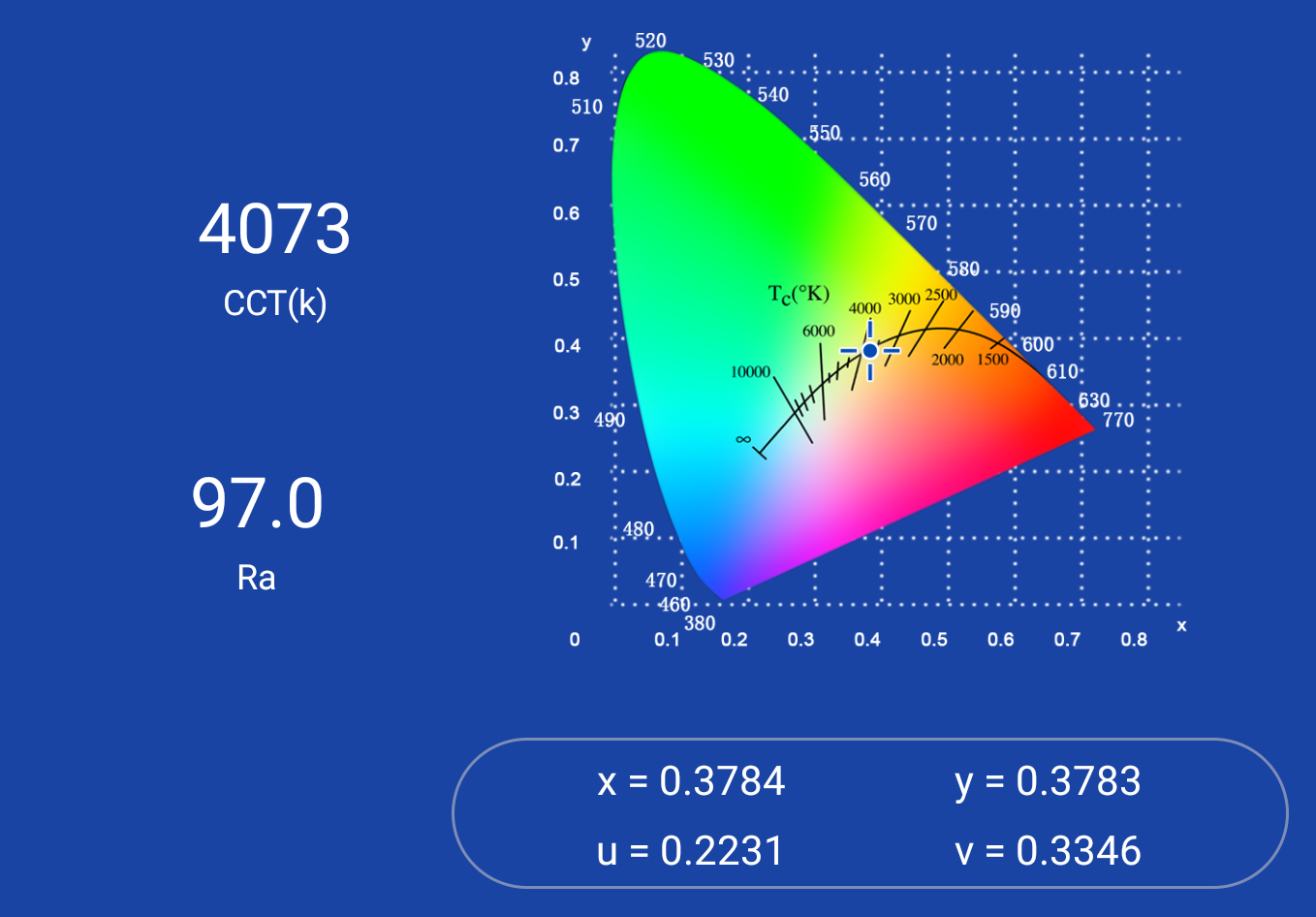
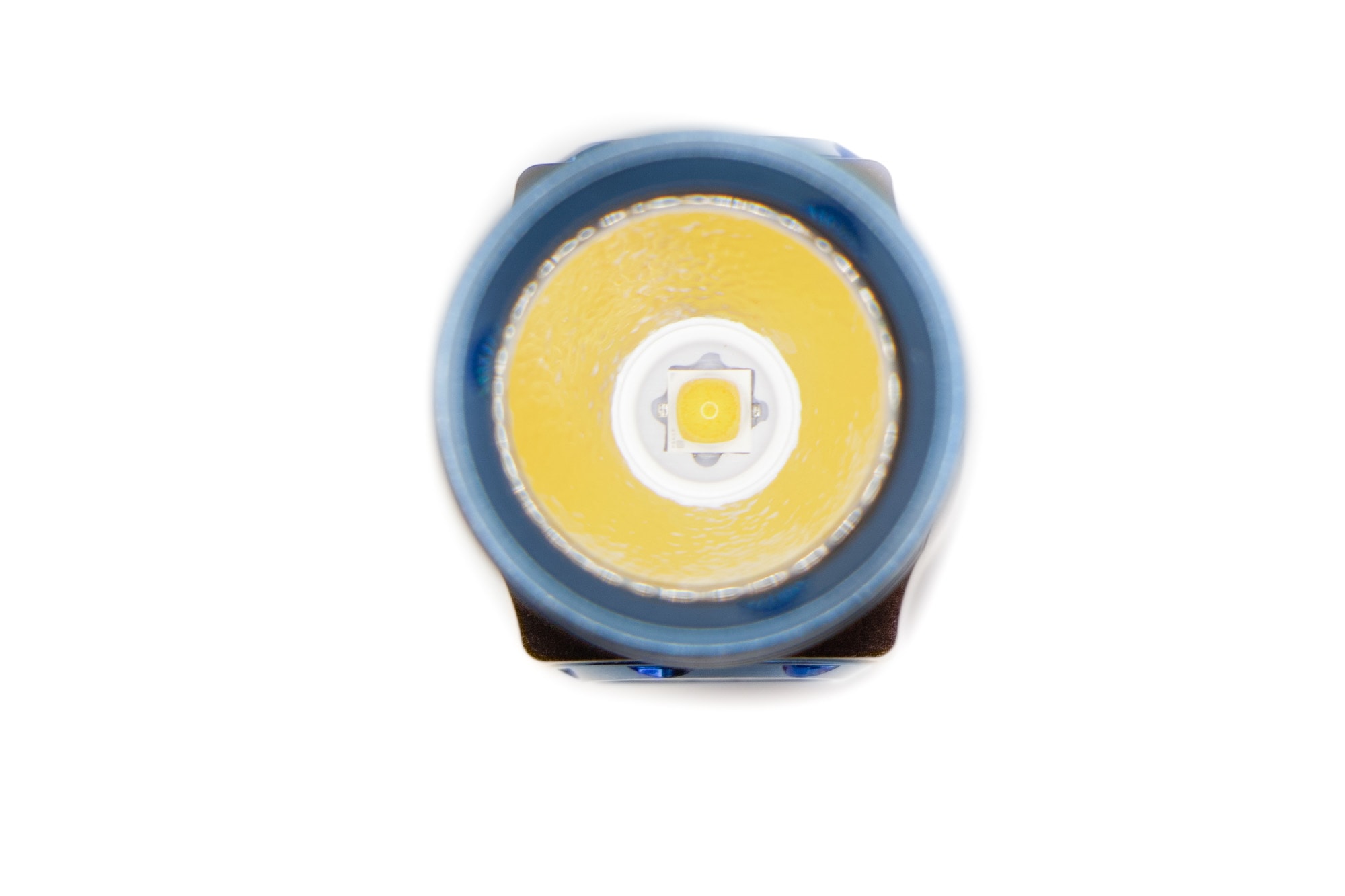
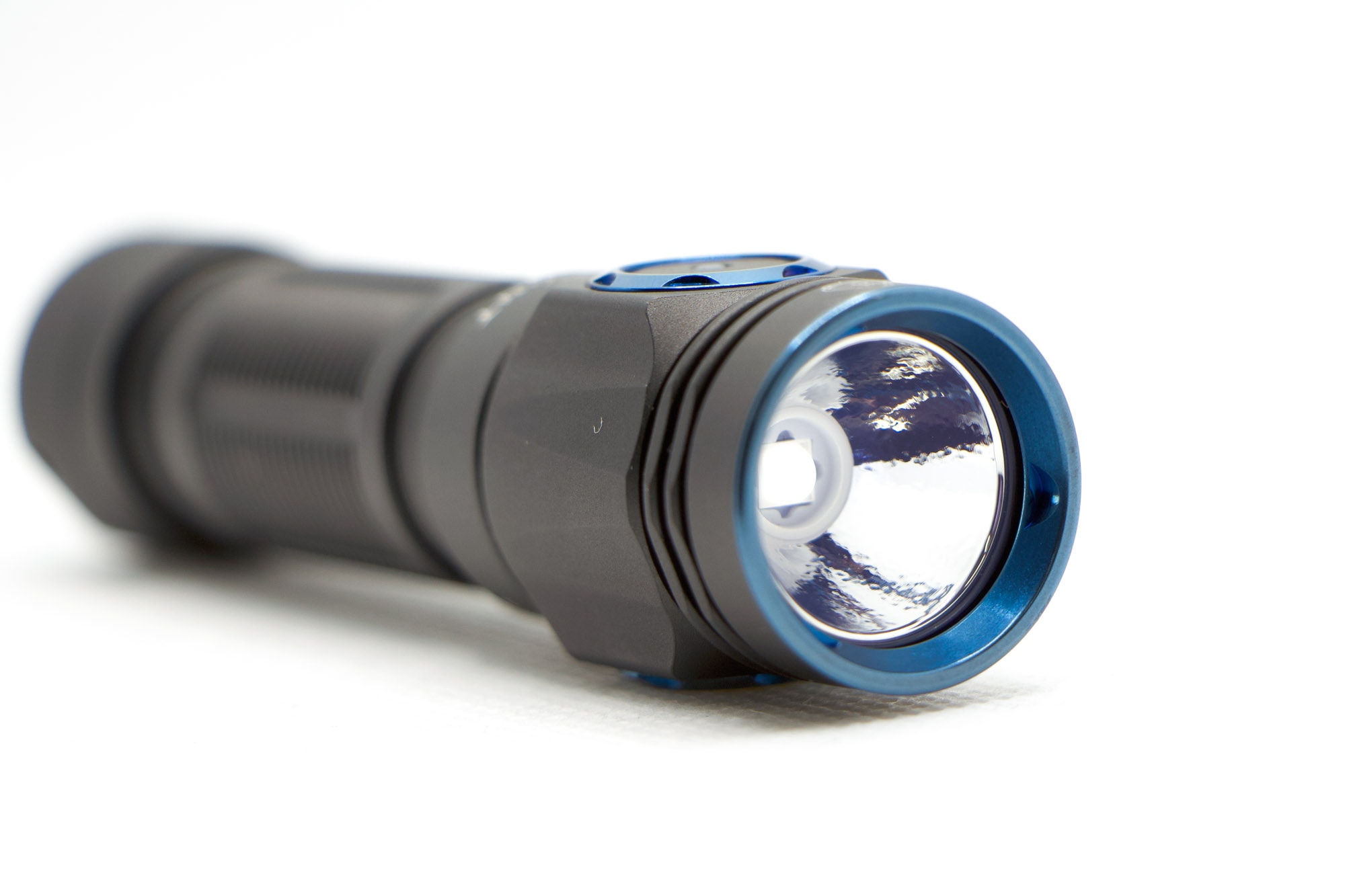
Dimensions and size comparison
Dimensions:
| Skilhunt M150 Dimension | Millimeters | Inches |
|---|---|---|
| Length | 84 mm | 3.3 in |
| Head diameter | 21 mm | 0.8 in |
| Body diameter | 18 mm | 0.7 in |
Dimensions are rounded to the nearest millimeter, and to the nearest tenth of an Inch.
Weight:
| Skilhunt M150 Weight | Grams | Oz. |
|---|---|---|
| Without battery: | 34g | 1.2 oz |
| With battery | 54.6 | 1.9 oz |
Weight is rounded to the nearest gram, and to the nearest tenth of an oz.
Flashlight size comparison with its competition
Group 1: Reylight Pineapple, Skilhunt M150, Lumintop FWAA
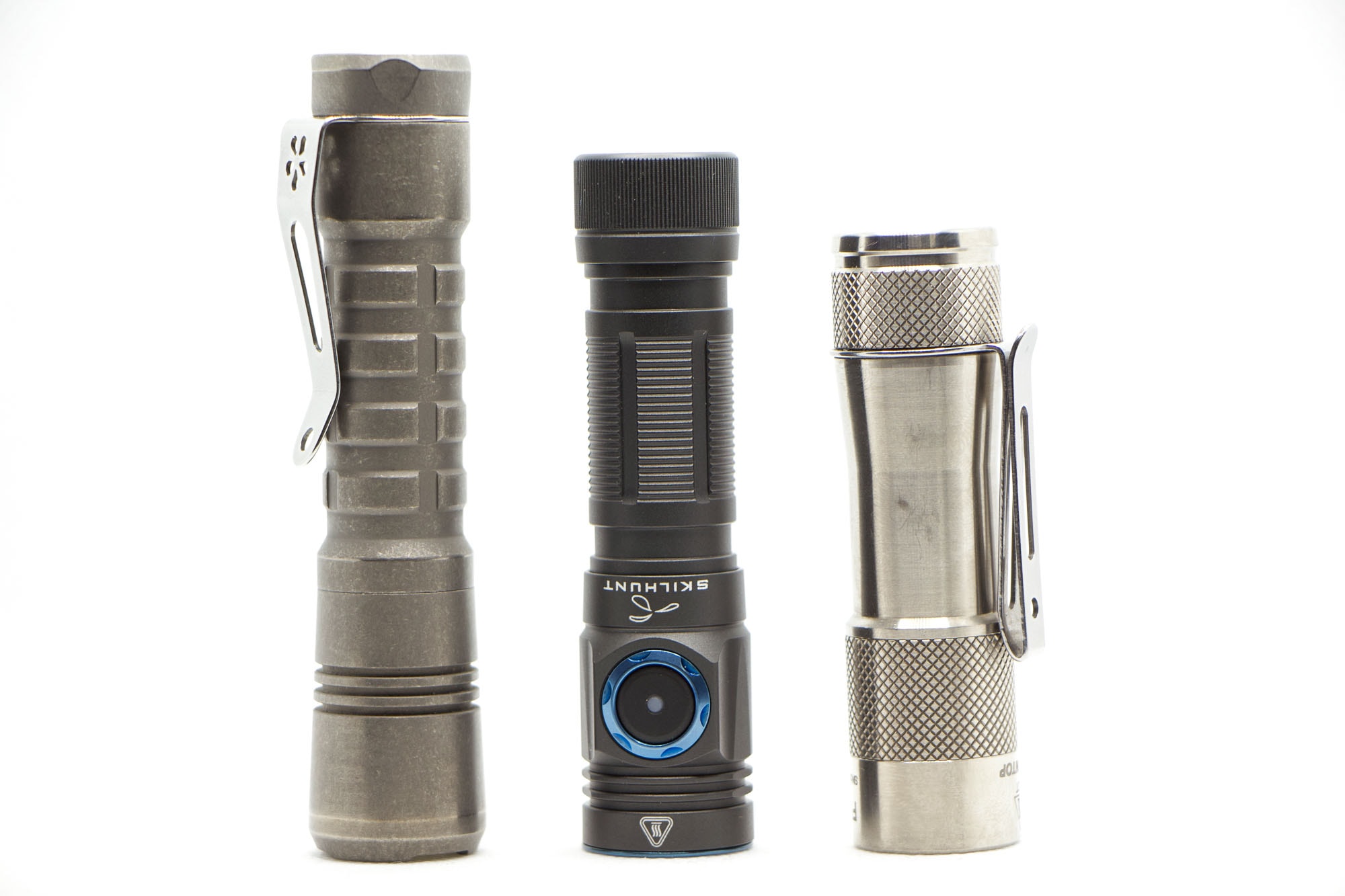
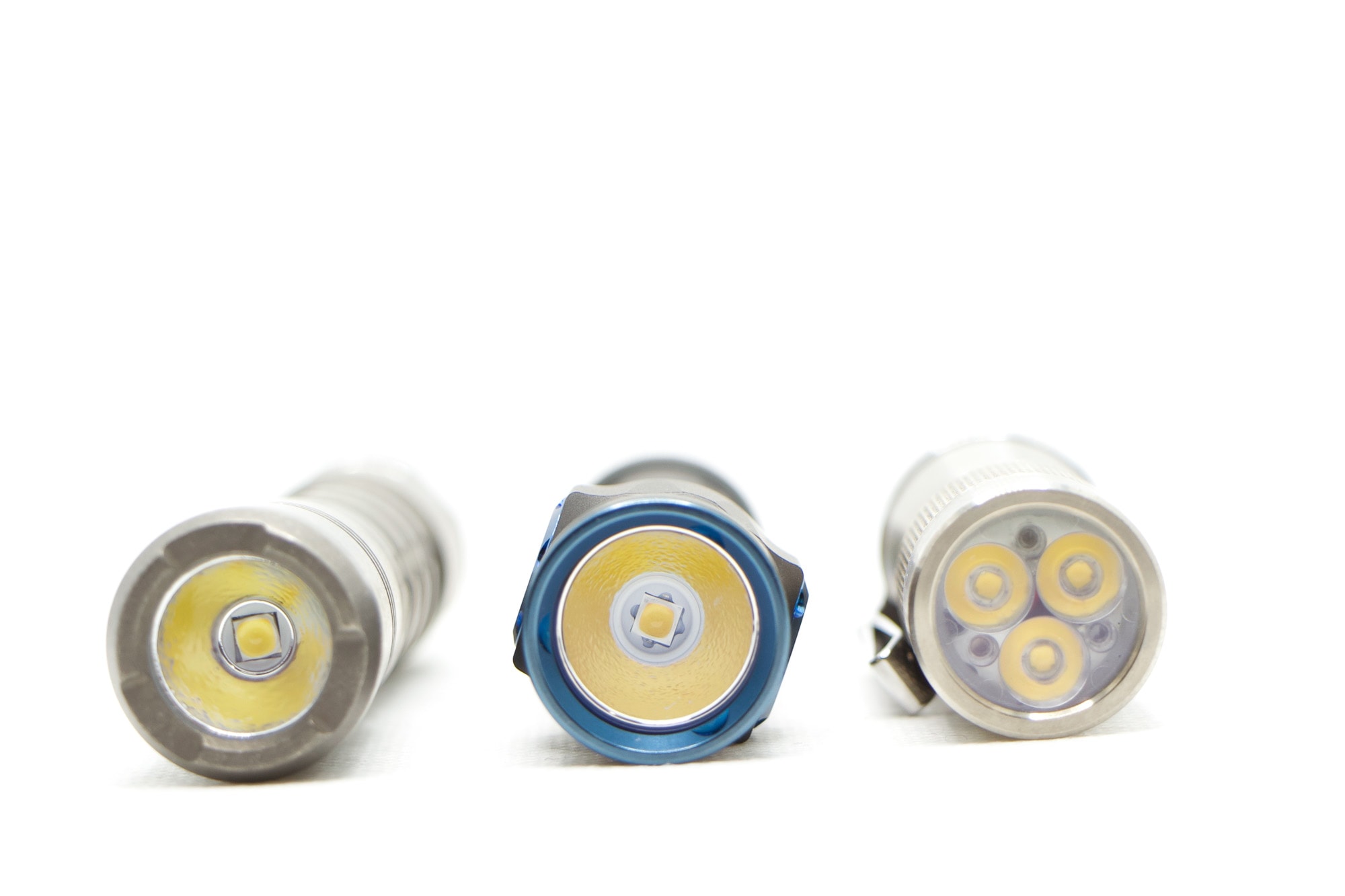
Driver & User Interface:
The light uses its own custom UI built by Skilhunt with multiple main modes and “submodes.” Practically, this means the light has moonlight, low, medium, high, and turbo modes, as well as three different strobes. It results in a fairly complex UI with its own nuances that you have to memorize, making me wish that if they wanted this complexity, they just went ahead and used Anduril, perhaps modified slightly.
Available modes: Low (Low 1 and Low 2), Medium (Medium 1 and Medium 2), High, Turbo
Available blinky modes: Strobe, Slow blink, SOS
User interface:
From OFF:
- Press and Hold: Low mode
- Single click: Turn on to memorized mode
- Double click: Turbo mode
- 3 clicks: Strobe mode
From LOW MODE:
- Press and Hold: Cycle Low 1 and Low 2
- 1 click: Turn off
From M1/M2/HIGH MODE:
- Press and Hold: Cycle M1, M2, High
- Double click: Shortcut to turbo
- Triple click: Strobe shortcut
Mode memory:
- Mode memory for all modes
Shortcuts:
- To Turbo: Double click
- To Strobe: Triple click
Low voltage warning:
- Switch LED will glow red
Strobe/blinkies
- Strobe, slow blink, and SOS: Triple click to switch to memorized strobe mode
Lock-out mode:
- Click switch four times from off
- Indicator light in switch will flash every second, double click to disable indicator
- Click switch four times to disable lockout
PWM
- No visible PWM
Additional info on the UI:
- The switch will glow every time the light is turned on for a short time to indicate battery charge level
Batteries & Charging
One of the highlights of the M150 is Skilhunt’s magnetic charger which makes charging the light extremely easy and prevents many issues that come with water tightness for a USB port on the light. The cable goes from USB-A to the magnetic charger. However this comes with a downside: the magnetic charger is proprietary and there is a unique cable you have to keep track of if you want to be able to use this feature. I do not like the trend of proprietary chargers and cables that seems to be emerging in the flashlight industry as it hangs consumers out to dry.
The Skilhunt BL-108 battery that is included is a 14500 cell, 800 mAh lithium-ion with a protection circuit which is charged at 0.8 amps by the magnetic charger, taking 1 hour and 8 minutes to charge to full. The light works fine with a normal AA as well, at the tradeoff of much lower output and runtimes. The light also has low voltage protection and my Vapcell H10 14500 works just fine too. All testing was performed with this battery as it will be what the consumer receives.
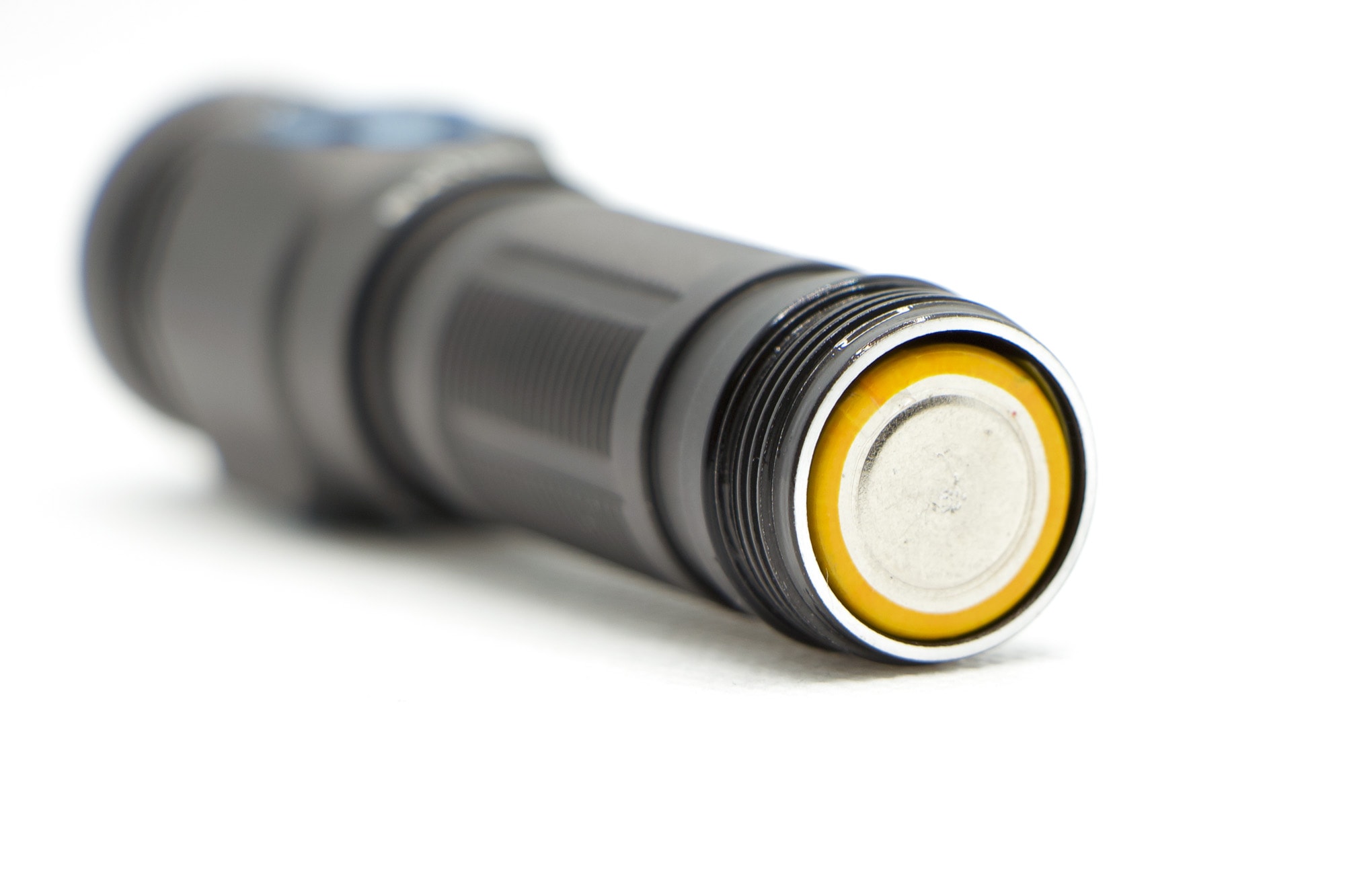
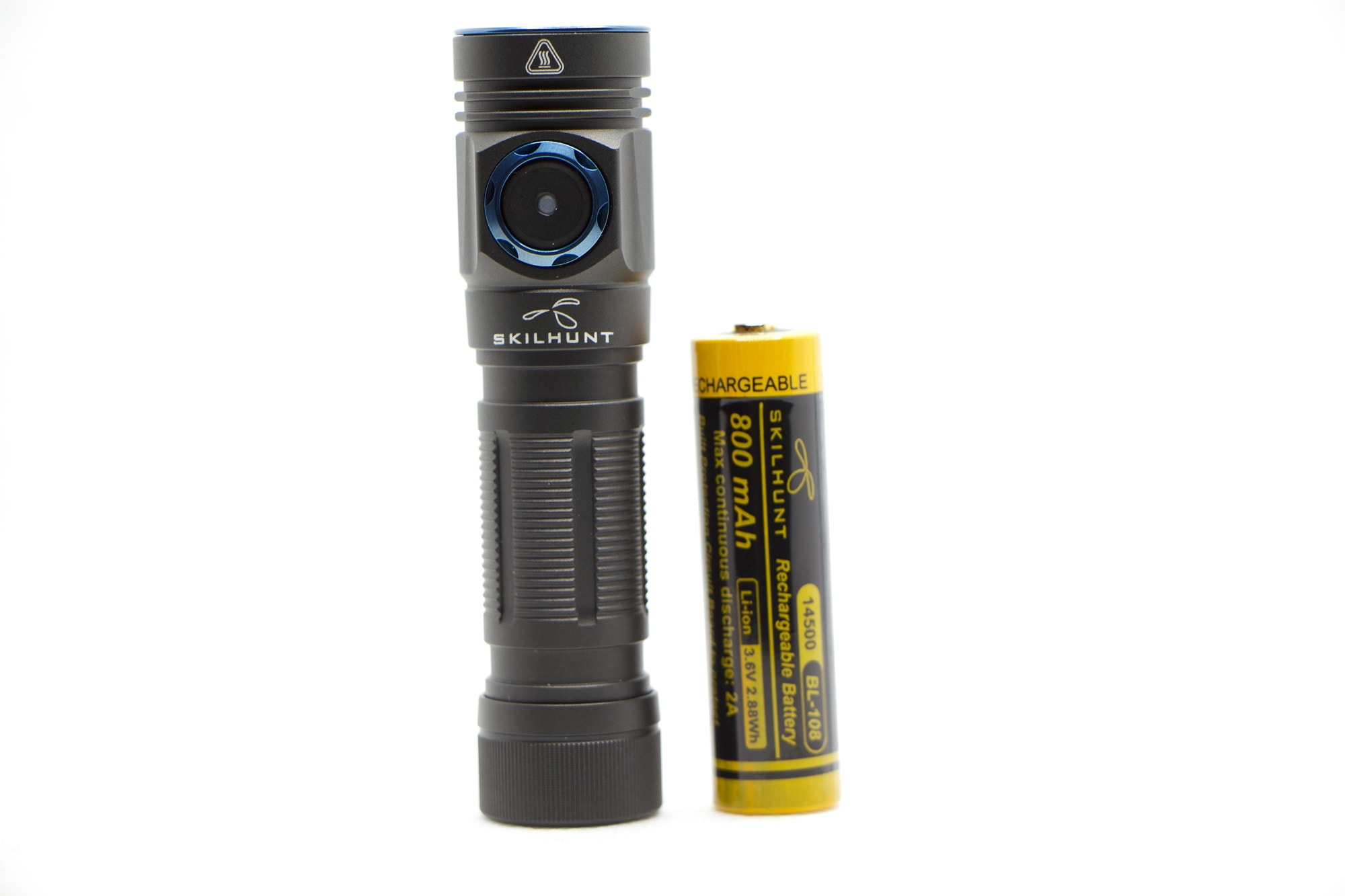

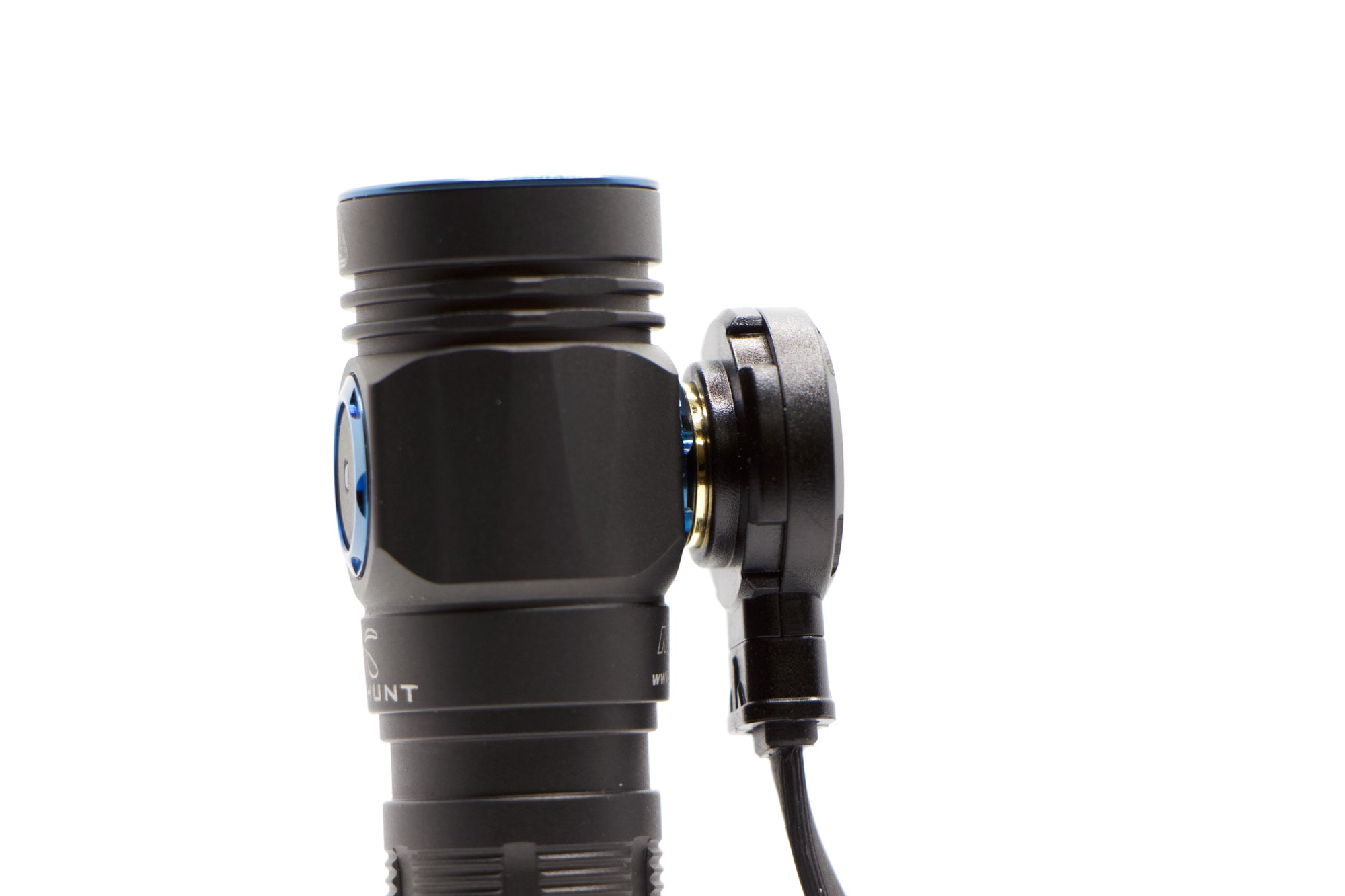
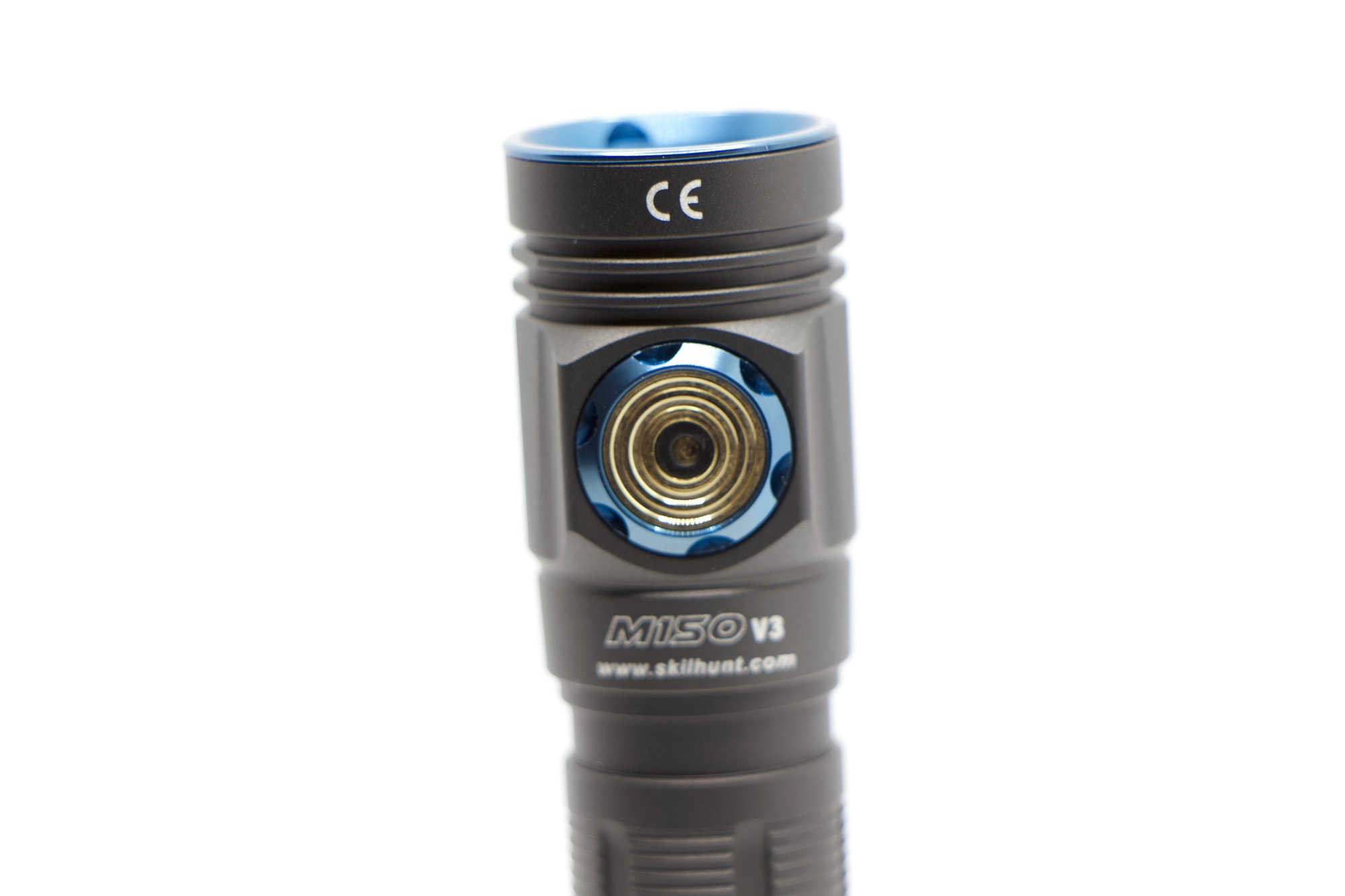
Performance test
Lumen measurements
Lux readings were taken with a Triplet LT68 data logging meter, as were candela measurements. Lumens were calculated using an integrating tube I built, calibrated with a Convoy S2+ that had been sent to a calibration lab for a report.
| Mode | Specified | turn on | 30 sec | 10 minutes |
|---|---|---|---|---|
| Low | 1.5 | 2.5 lm | 2.4 lm | 2.4 lm |
| Medium 1 | 15 | 7.8 lm | 7.8 lm | 7.7 lm |
| Medium 2 | 100 | 142 lm | 51 lm | 50 lm |
| High | 340 | 162 lm | 160 lm | 154 lm |
| Turbo | 750 | 336 lm | 327 lm | 155 lm |
Battery Life: Runtime graphs
All runtimes tested with the BL-108 14500 800mAh battery shipped with the M150
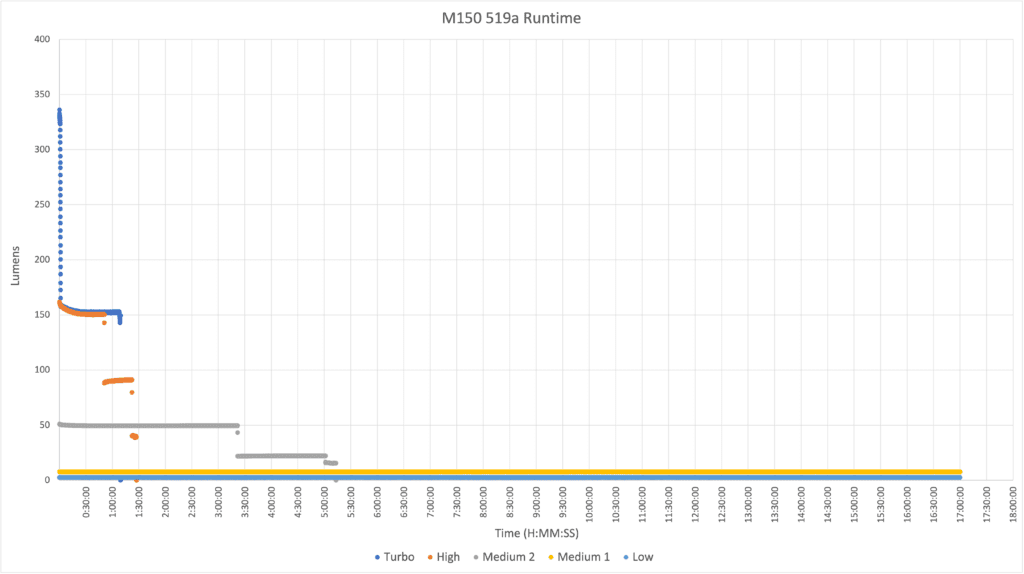
| Mode | Specified | Measured runtime (ANSI) | Time till shut off |
|---|---|---|---|
| Low | 100h | 17h* | 17h* |
| Medium 1 | 25h | 17h* | 17h* |
| Medium 2 | 4.5 | 5h 1min | 5h 13min |
| High | 1h 35min | 1h 27min | 1h 27min |
| Turbo | 1h 30min | 1h 9min | 1h 9min |
*=Aborted after 17 hours due to no noticeable decline in output
ANSI FL1 standards: The runtime is measured until the light drops to 10% of its initial output (30 seconds after turning on). This does not mean that the flashlight is not usable anymore. The last column shows how long the light actually works till it shuts off. If there is a + symbol, it means that the test was stopped at that particular point, but the light was actually still running. This happens on certain occasions, with certain drivers, firmware, or batteries.
Peak beam intensity and beam distance measurements
Lux was measured at six meters using my luxmeter and converted to candela and throw distance using known formulas.
| Mode | Specified | Candela measured | Meters | Yards |
|---|---|---|---|---|
| Low | – | 7.6 cd | 5.5 m | 6.0 yd |
| Medium 1 | – | 108 cd | 20.8 m | 22.8 yd |
| Medium 2 | – | 612 cd | 49.5 m | 54 yd |
| High | – | 2052 cd | 91 m | 99 yd |
| Turbo | 3000 cd | 2808 cd | 106m | 116 yd |
Extra info: Peak beam distance according to ANSI FL1 standards: The calculated value of distance in meters at which the flashlight produces a light intensity of 0.25 lux. (0.25 lux is about the brightness of a full moon shining on an object). Columns Meters and Yards show rounded numbers.
Beamshots
Beamshots were taken with a Canon EOS Rebel at 1/15 seconds, F5.6, ISO 1600
Beamshots of the following flashlights compared:
- Skilhunt M150
- Reylight Pineapple
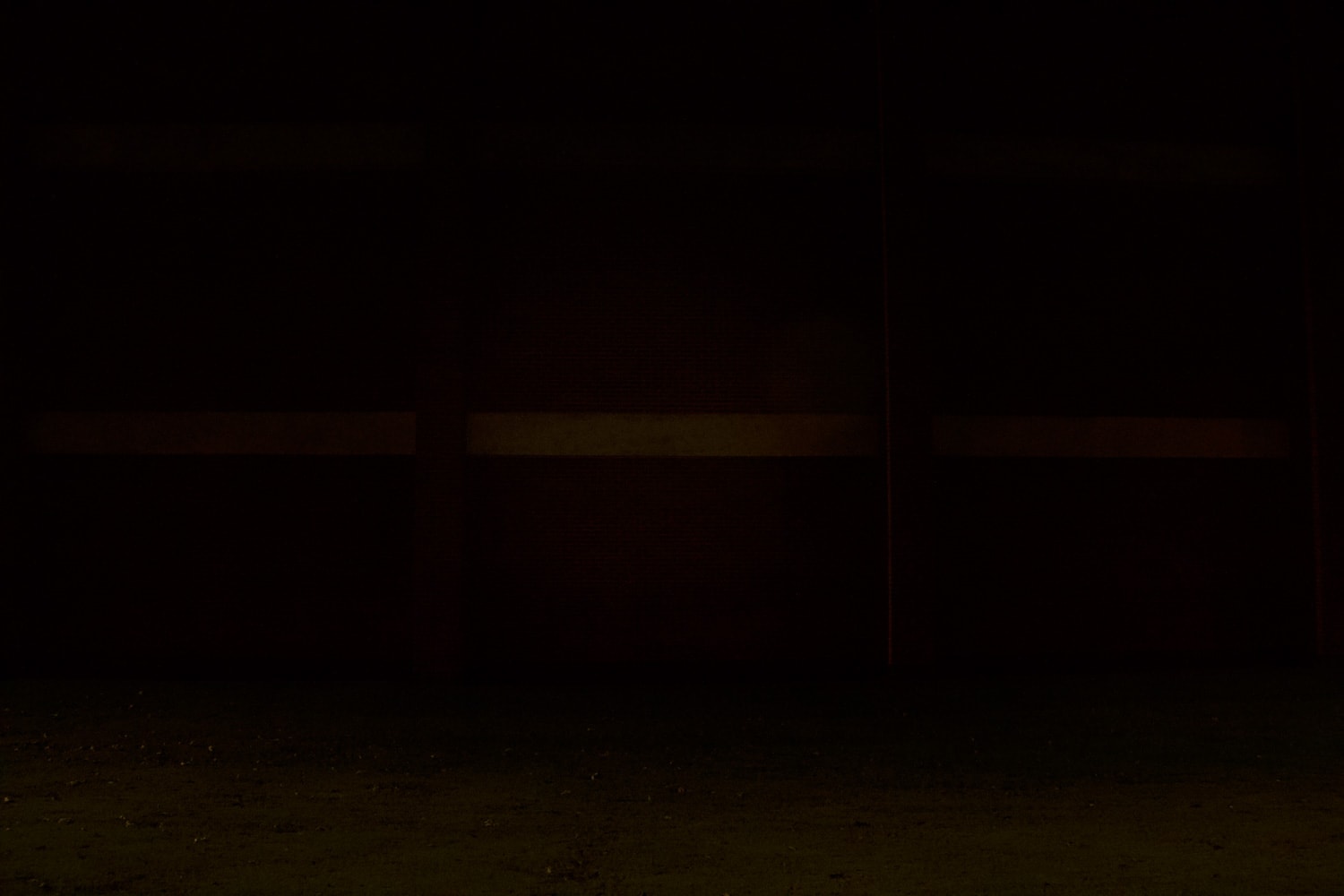
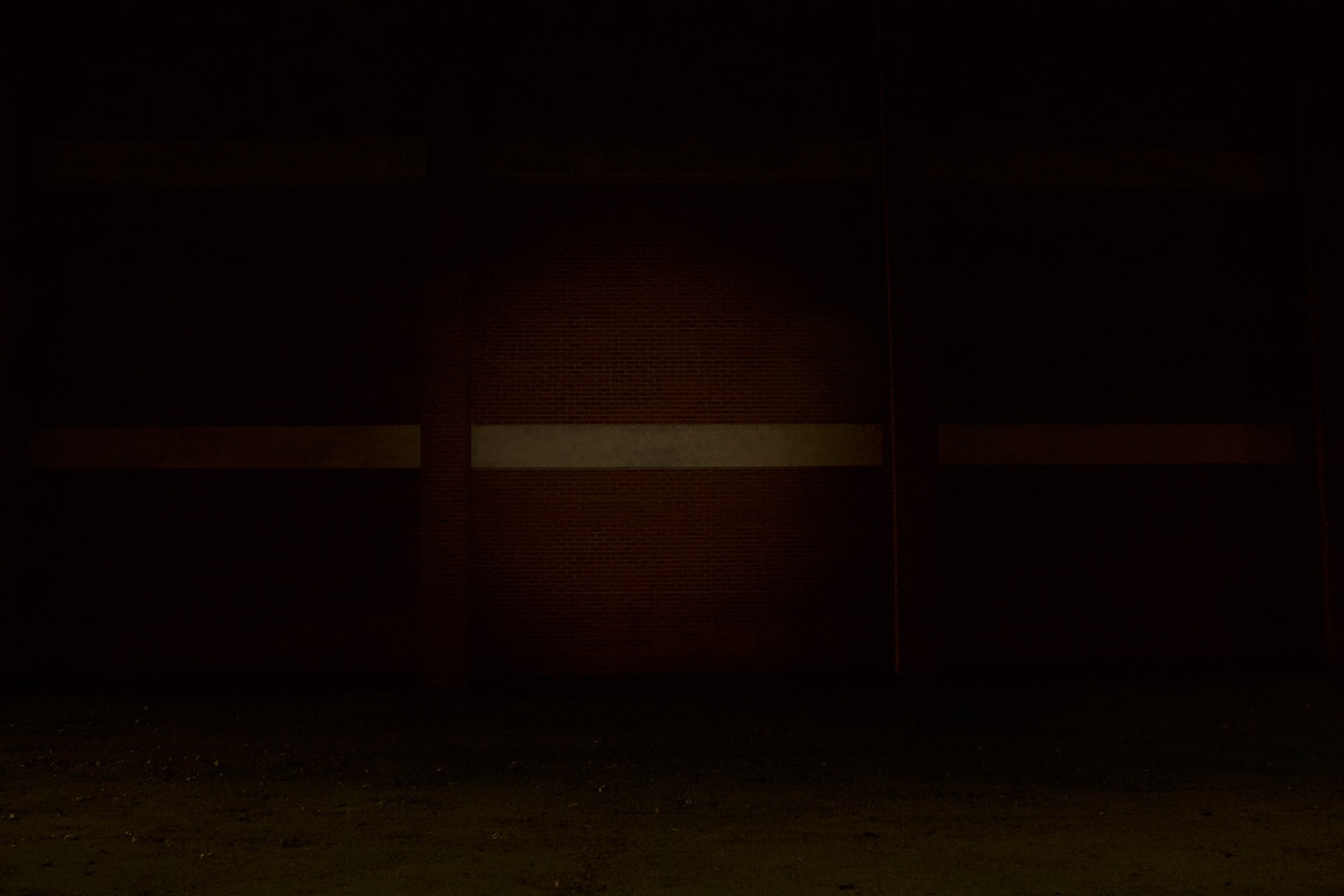
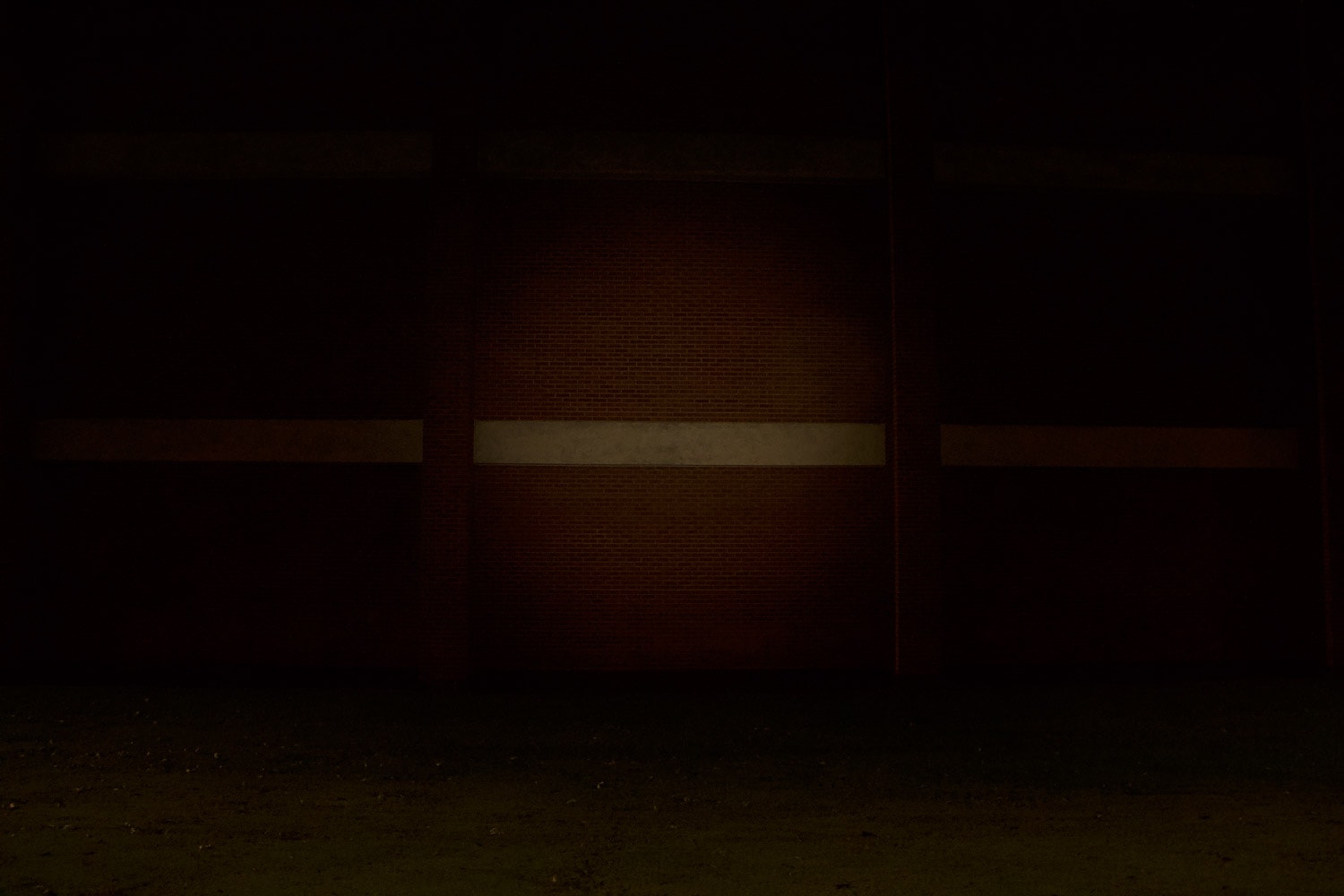
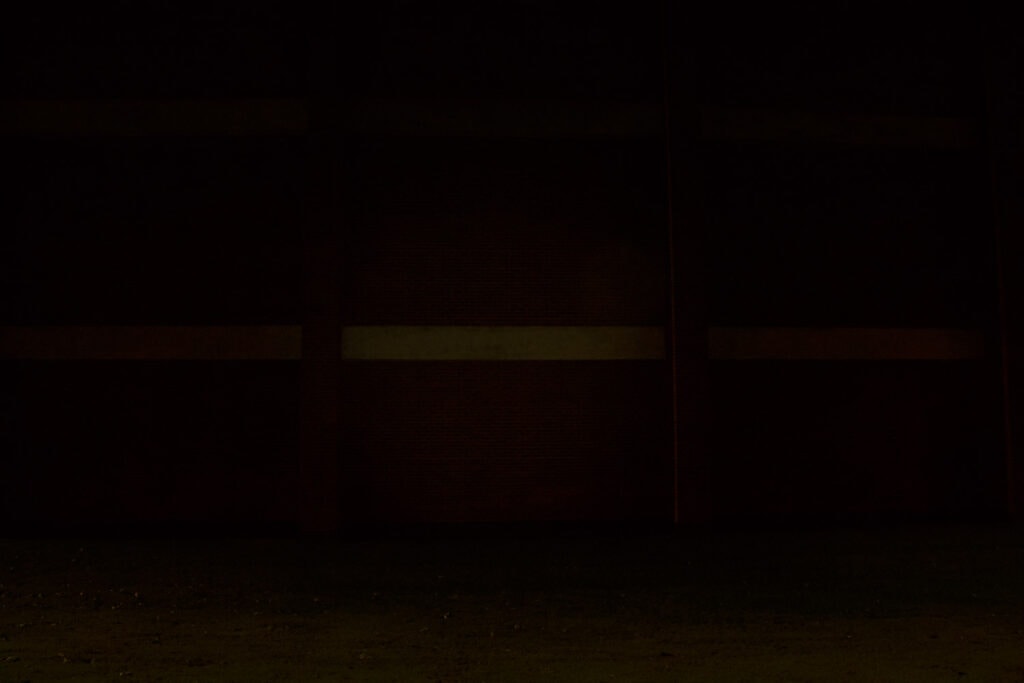
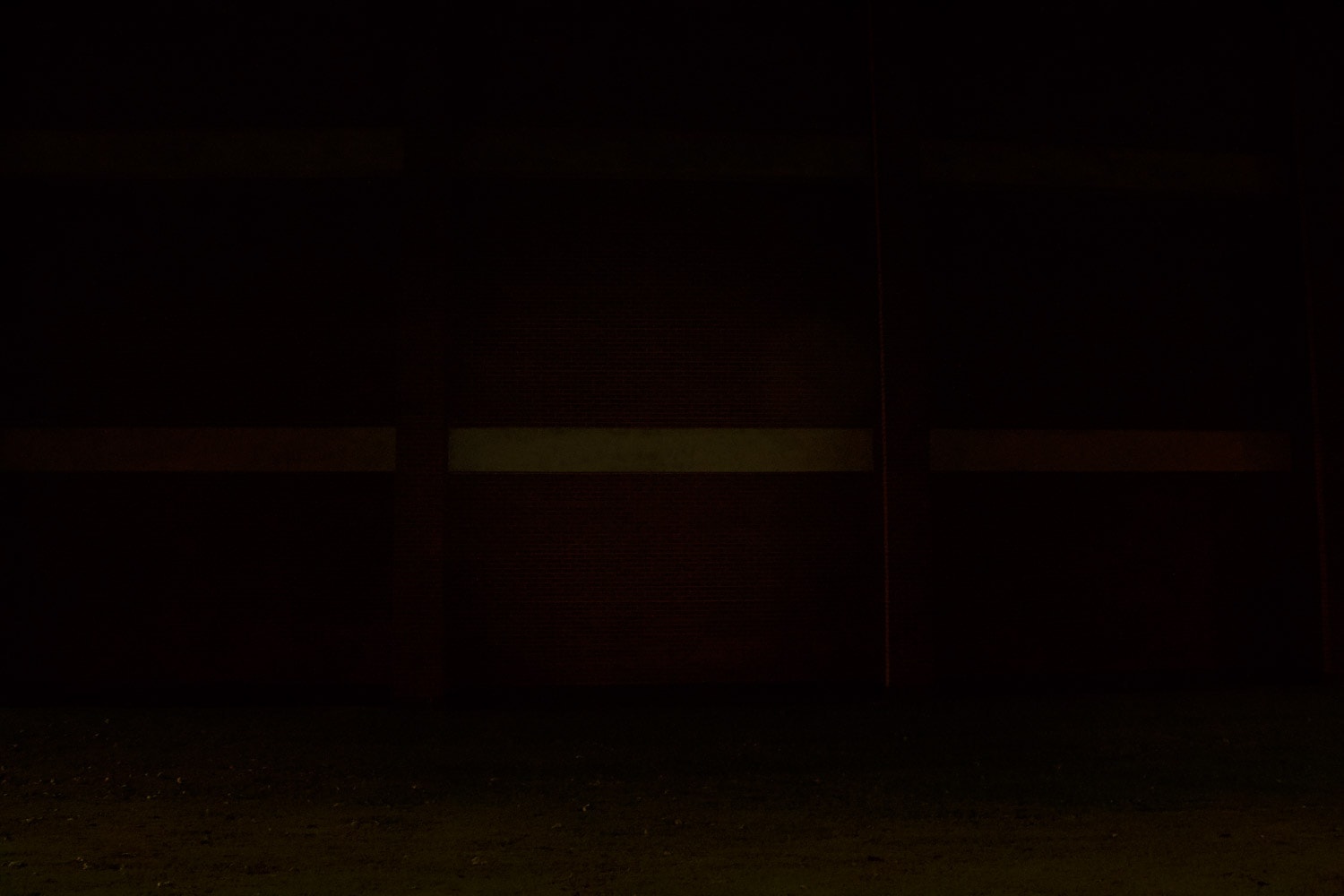
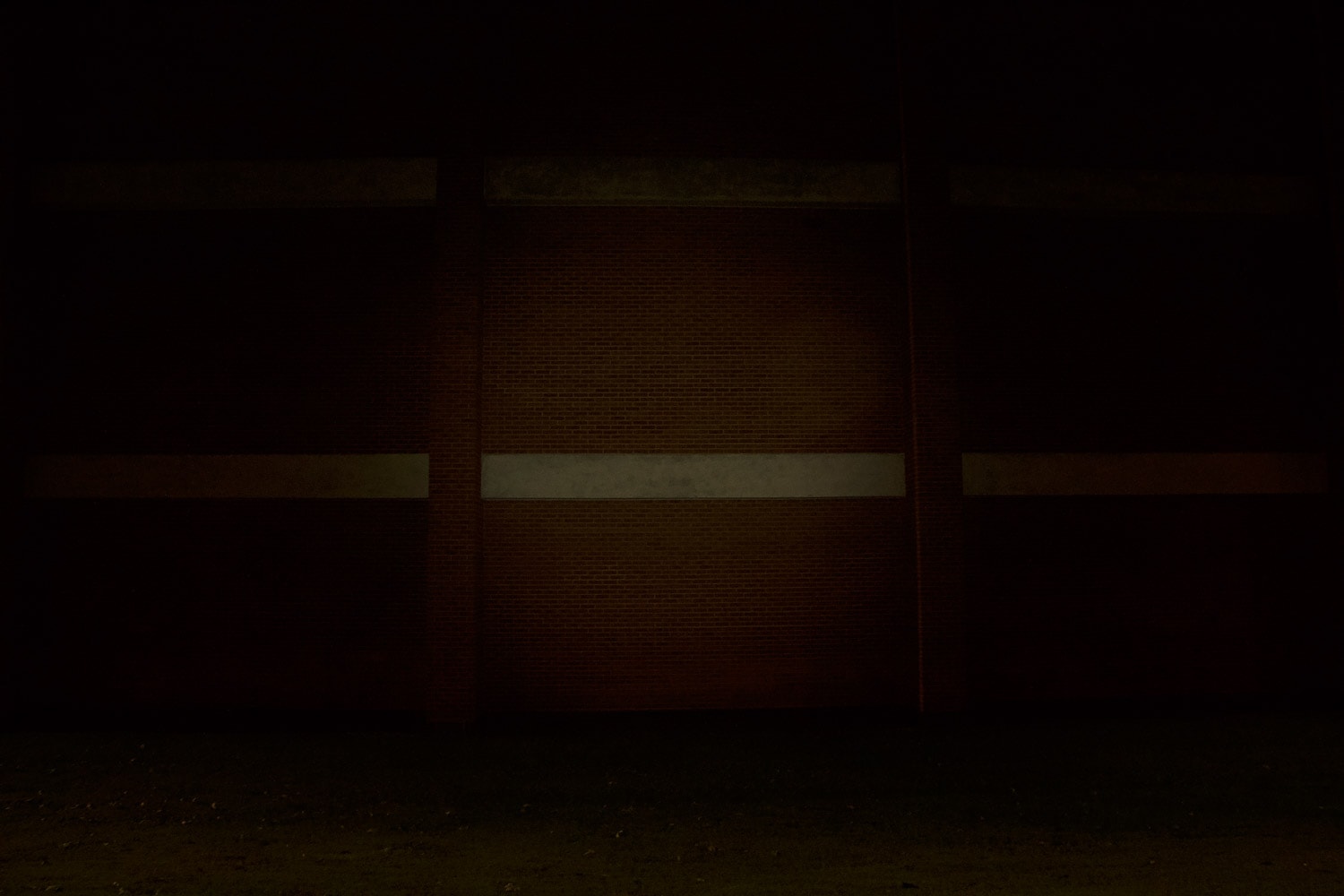
Disclaimer: This flashlight was sent to me for review at no cost by Skilhunt. I have not been paid to review, nor have I been holding back on problems or defects.
Final Verdict
Pros
- Excellent fit and finish
- Small size
- Very good beam
- Internal charging
Cons
- UI is confusing and excessive
- Proprietary cable needed
- Output is lacking
Explanation on star ratings:
1: Avoid: a match would be a better choice – 2: Poor: significant defect or issues; almost unusable – 3: Average: some defects or issues; but still usable 4: Good: recommended (minor issues) – 5: Great: highly recommended

4.5 stars: ★★★★⋆
The Skilhunt M150 v3 is a great little light for EDC, while its output isn’t fantastic it makes up for it with its portability and sharp design. With the new Nichia 519a the beam is fantastic, however it could be driven harder. My biggest complaint is the UI that it ships with which is rather confusing, they should have gone with Anduril here if they wanted this level of complexity. The magnetic charging is a neat feature I’m torn on, while it is cool and results in a waterproof light, it does require a proprietary cable. All in all, 4.5/5
Buy Skilhunt M150 v3 with a discount
Get 6% discount at Skilhunt by using the following discount code: blf06
1lumen selects and reviews products personally. We may earn affiliate commissions through our links, which help support our testing.